In today’s dynamic property market, simply buying one flat or plot isn’t enough to build long-term wealth. Savvy investors—especially those treating real estate as a serious asset class—know the real game lies in creating a well-balanced real estate investment portfolio. But what does that actually mean? And how do you go from a single investment to a strategic, diversified set of properties that generate both passive income and capital appreciation?
Whether you’re a first-time buyer or someone looking to scale their investments, understanding how to create a real estate investment portfolio like a pro can significantly impact your financial freedom. From identifying high-potential locations and asset classes to managing risk, leveraging home loans, and monitoring ROI—there’s a method to the madness.
This blog breaks it all down into actionable steps, giving you the knowledge you need to build a real estate portfolio that performs, even in volatile markets. If you’ve ever wondered how seasoned investors approach real estate like a business, not just a one-time transaction, you’re in the right place.
Let’s decode the roadmap to portfolio-level real estate investing in India—strategically, smartly, and like a pro.
Understanding a Real Estate Investment Portfolio
A real estate investment portfolio is a collection of strategically acquired property assets designed to meet specific financial objectives. These could include monthly cash flow, long-term appreciation, tax savings, and wealth diversification.
Your portfolio may consist of:
- Residential rental units
- Commercial office spaces
- Retail shops
- Undeveloped land
- Co-living or co-working spaces
- Industrial assets (warehouses, logistics centers)
- REITs (Real Estate Investment Trusts)
Building this portfolio isn’t about randomly buying multiple properties. It requires research, financial discipline, diversification, and constant evaluation—just like any professional investment strategy.
Step 1: Define Clear Investment Goals
Every great portfolio begins with clarity.
Ask yourself:
- What is my financial goal from real estate? (Income, growth, tax efficiency?)
- What is my investment timeline? (3 years, 10 years, retirement?)
- What is my current capital availability?
- Am I looking for active involvement or passive income?
Examples of strong goal statements:
- “I want to generate ₹50,000/month in rental income in 5 years.”
- “I want to build ₹3 crore in property assets for retirement by 2040.”
- “I want to own 3 properties in different cities by 2028 to diversify risk.”
These answers will guide the rest of your portfolio strategy.
Step 2: Know Your Risk Appetite and Capital Readiness
Before jumping into the market, do a self-audit:
- How much capital do you have for a down payment?
- What is your monthly EMI affordability?
- How much liquidity do you need to maintain?
- Are you comfortable taking on loans?
- How easily can you manage a property if it’s far from your city?
Someone with a low-risk appetite might prefer REITs or rent-ready apartments, while others with higher risk tolerance may consider land banking or pre-launch investments.
Step 3: Choose the Right Property Mix (Diversification)
Diversification is key to reducing risk and increasing your overall returns. Don’t put all your funds into one type of real estate.
- Residential Properties
- Easier to rent and manage
- Suitable for beginners
- Ideal for generating stable income
- Commercial Real Estate
- Higher rental yields
- Longer lease terms
- Higher capital required and more complex due diligence
- Land Investments
- Appreciation potential
- Lower entry cost in developing areas
- No rental income; longer holding time
- Minimum capital required (as low as ₹10,000)
- Listed on the stock exchange
- Good for liquidity and diversification
- Vacation or Second Homes
- Personal use + rental opportunity
- Higher maintenance cost
- Subject to seasonal demand
Balancing between these categories allows you to benefit from both income and growth.
Step 4: Evaluate Location Dynamics
Location isn’t just about the city. It’s about micro-markets, upcoming infrastructure, employment hubs, rental demand, and civic amenities.
Research these factors:
- Job market and population growth
- Metro or highway connectivity
- Social infrastructure (schools, hospitals, malls)
- Builder reputation and legal titles
- Rental yield in the area
- Upcoming government projects
Use data-driven websites, local property consultants, and builder sales teams to stay informed. Don’t just rely on gut instinct or peer pressure.
Step 5: Finance Smartly and Leverage Carefully
Loans can be powerful tools in building your portfolio—if used wisely.
Tips for smart financing:
- Maintain a strong credit score (750+)
- Avoid maxing out your loan eligibility
- Opt for longer tenure initially; prepay gradually
- Choose fixed vs. floating interest wisely
- Understand tax benefits under Section 24 and 80C
A key rule: never stretch yourself thin. Your portfolio should build wealth, not stress.
Step 6: Monitor Portfolio Performance Regularly
Owning property isn’t enough. You need to track how your portfolio is performing.
Track these metrics annually:
- Rental yield vs. market average
- Property value appreciation
- Loan-to-value ratio
- ROI on renovation/maintenance expenses
- Occupancy rate
- Tax implications and deductions claimed
You should review your portfolio every 6-12 months and rebalance it if needed—just like you would with stocks.
Step 7: Plan for Exit and Reinvestment
Not every asset is a lifetime hold. You must know when to exit, what to sell, and where to reinvest.
Exit strategies:
- Sell underperforming properties and shift to high-demand areas
- Liquidate land investments as infrastructure develops
- Refinance existing properties to fund new acquisitions
- Use REIT dividends to support other investments
Real estate is cyclical—timing exits based on infrastructure projects, market growth phases, or interest rate cycles can drastically improve returns.
Step 8: Legal, Documentation, and Compliance
A strong portfolio is legally airtight. Make sure:
- All property titles are clear
- Encumbrance certificates are available
- Tax and maintenance dues are paid
- Rental agreements are updated and registered
- Home loans are insured
- You have nomination or succession planning in place
Keeping a digital folder for each property’s paperwork saves time, stress, and cost in the long run.
Step 9: Explore Technology for Portfolio Management
Use digital tools and apps to track your assets.
Popular options:
- Excel or Google Sheets for monthly ROI tracking
- Proptech platforms to manage tenants and maintenance
- Online rent collection tools
- AI-powered real estate valuation apps
This also helps if you’re planning to work with portfolio managers or consultants.
Conclusion: Your Property Portfolio Is Your Financial Engine
Building a real estate investment portfolio is not just for high-net-worth individuals or industry insiders. With clarity, patience, and the right strategy, any middle-class investor can create a solid property portfolio that fuels passive income and long-term financial growth.
But the journey can be overwhelming without professional help.
Why Choose Around Town Realty (ATR)?
At AroundTown Realty, we simplify your real estate journey—whether you’re starting your first investment or scaling your fifth. From portfolio structuring to location scouting, financing assistance to property management—we walk with you at every stage.
- Transparent pricing and legal due diligence
- Access to top properties in emerging markets
- Expert consultants for goal-based portfolio planning
- Post-sales support and rental management
Let your property portfolio work for you, not the other way around.
Ready to start building your real estate portfolio? Connect with AroundTown Realty today.
FAQs
- How many properties should I own in my portfolio?
There’s no fixed number. It depends on your financial goals, risk appetite, and cash flow management ability. Even 2-3 well-performing properties can create strong passive income. - What type of property is best for beginners?
For beginners, residential rental properties in tier-1 or tier-2 cities are ideal. They are easier to manage and offer steady rental yields. - Can I build a property portfolio without taking loans?
Yes, but it may limit how quickly you can scale. Using home loans responsibly allows you to leverage and grow faster while enjoying tax benefits. - How often should I review my real estate portfolio?
Ideally, conduct a portfolio review every 6-12 months to track performance, adjust strategies, or exit underperforming assets. - Is diversification important in a real estate portfolio?
Absolutely. Diversification across asset types and geographies reduces risk and improves returns over time. It prevents dependency on a single market or property type.
.









